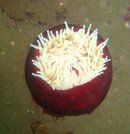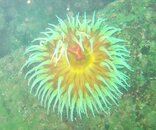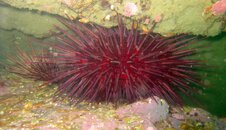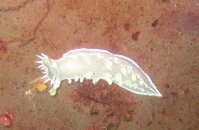Crush
Contributor
Hi,
Just a quick question - I am experiencing blurred pictures. Is it me, the camera, or both?
I have a Cannon digital elph (model 910?) and the Cannon waterproof case for it. For those unfamiliar with this "setup" it is a point-and-shoot camera with a flash diffuser on the case, but no external flash. I am not interested in buying an expensive setup.
My buoyancy control is good. Typically I photograph from a range of less than four feet. Photography at depth always requires a flash with my setup requires a sequential auto-focus, followed by flash charging, followed by photograph w/flash. The process takes at least a full second, if not longer.
Is the problem likely a slow shutter speed coupled with my hands shaking? Is it likely that I drift between auto-focus and the picture being registered? There is no external flash for a Canon digital elph that would help out, is there?
Thanks
Just a quick question - I am experiencing blurred pictures. Is it me, the camera, or both?
I have a Cannon digital elph (model 910?) and the Cannon waterproof case for it. For those unfamiliar with this "setup" it is a point-and-shoot camera with a flash diffuser on the case, but no external flash. I am not interested in buying an expensive setup.
My buoyancy control is good. Typically I photograph from a range of less than four feet. Photography at depth always requires a flash with my setup requires a sequential auto-focus, followed by flash charging, followed by photograph w/flash. The process takes at least a full second, if not longer.
Is the problem likely a slow shutter speed coupled with my hands shaking? Is it likely that I drift between auto-focus and the picture being registered? There is no external flash for a Canon digital elph that would help out, is there?
Thanks







